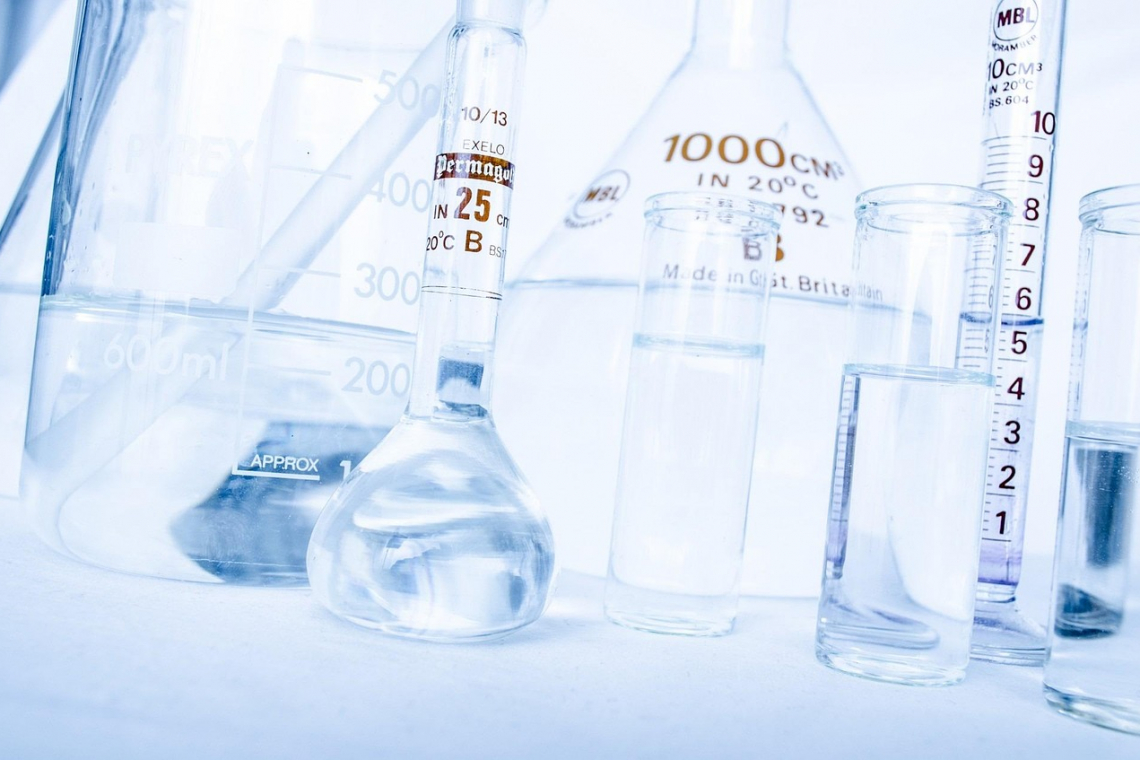An almost overlooked experiment from 1938 is suddenly back at the center of modern fusion research. Physicists from the USA have reproduced a historical fusion experiment by Arthur Ruhlig, a doctoral student at the time, and thus gained new insights into deuterium-tritium fusion (DT fusion). The modern experiment used a tandem accelerator that produced a low-energy deuteron beam. This hit a target of deuterated phosphoric acid, similar to Ruhlig. A thin metal foil separated the vacuum chamber from the target area. Neutron detectors recorded the reactions. The decisive finding was that the deuterium-deuterium process produces tritium in an intermediate step, which can then fuse with further deuterium, i.e. exactly the reaction that Ruhlig had suspected. In contrast to today's high-energy experiments, such as at the National Ignition Facility, DT fusion could be demonstrated for the first time as a secondary process at low energy. The modern experiment confirmed the existence of this secondary reaction, a key point for the further development of fusion technologies.
Source: www.ingenieur.de
INFO
The fusion of deuterium (D) and tritium (T) produces a helium nucleus and a high-energy neutron. The reaction equation is as follows:
D + T → He4 (3.5 MeV) + n (14.1 MeV)
A total of 17.6 megaelectronvolts (MeV) are released per reaction - this corresponds to an enormous amount of energy on an atomic scale. The neutron carries most of this energy and can be used to heat materials or generate energy.





